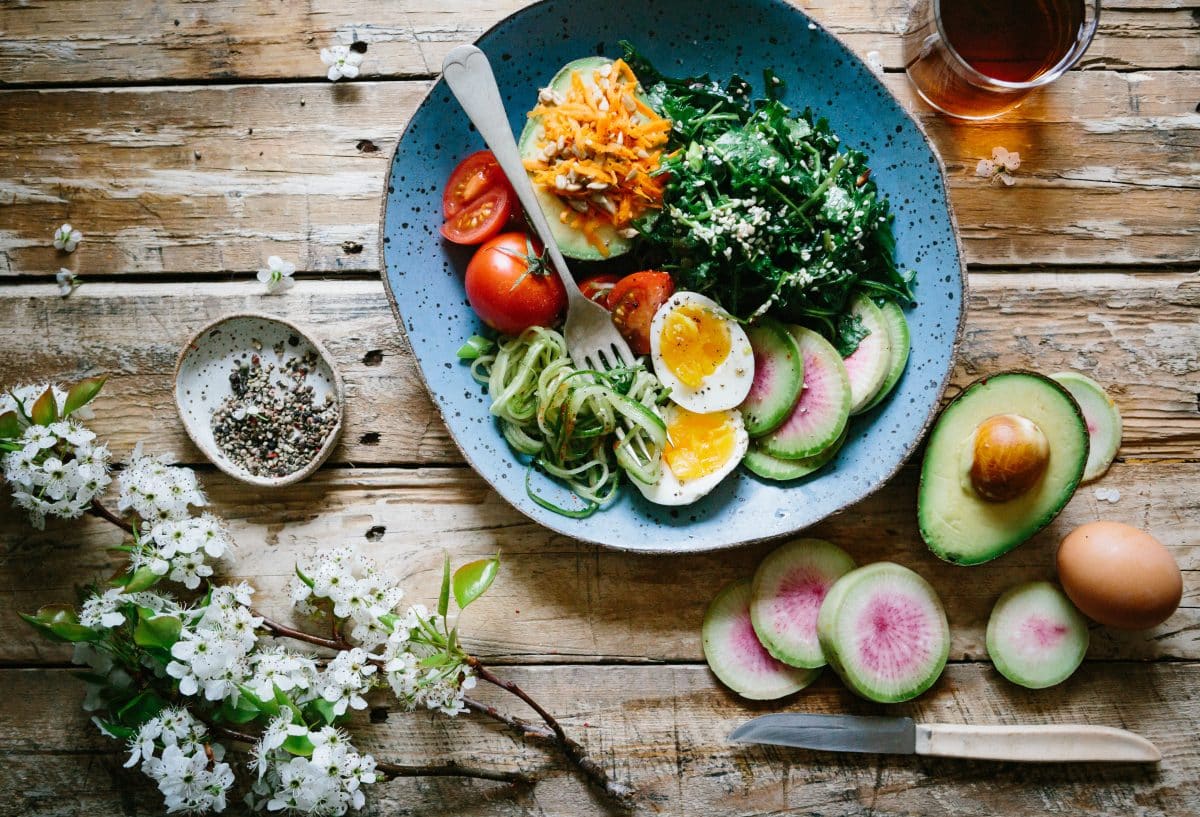Food magazines, websites, social media influencers, restaurants, chefs, and cookbook publishers need a constant supply of high-quality food photographs. The quality of the images they obtain largely determines how effectively they can attract more customers, build a reputation, or sell more copies of their publication.
The best way to obtain beautiful food photos is by using a food photography service. This service involves a professional photographer taking high-definition images of food in a purpose-built kitchen studio.
Of course, to really maximise the outcome of your photo session, it is important to understand how food photography works. To help you get the most out of your next session, here are 5 essential food photography tips.
Develop A Theme For Your Photos
High-quality food photography isn’t just about the food, it’s about telling a story. A skilled culinary photographer will develop a theme using props, composition, lighting, tabletops, and backdrops. The goal of this theme will be to create images that are compelling and capable of triggering emotion in the viewer.
When you start planning your photoshoot, identify a theme that will elicit the desired emotional response. For example, if you wanted to make the viewer excited and energised about a dish, a theme that involves a lot of bright colours might be appropriate.
If you wanted to elicit feelings of comfort, warm colours and comfortable props (blankets, open fire, timber surfaces) would work well. For indulgence, a dark theme with rich, deep colours and fabrics like velvet or silk would be ideal.
One of the benefits of professional food photography services is that they can help you create a theme that is engaging and triggers the desired response.
Tweak Lighting Carefully
Having the appropriate lighting setup is essential when shooting food photography. Access to natural light and a diffusor is often very useful when photographing food as it softens any harsh shadows or highlights caused by direct studio lights.
Using cards to focus where light is reflected is also a useful tactic for food photography. A white card can help you revel texture and important details in darker areas of the frame, while a dark card can help you strengthen shadows for a more dramatic effect. Black cards are also useful for blocking direct light on parts of a scene.
Another benefit of using food photography services is that a range of cards and lighting options will be available at the studio. You will be able to experiment with lighting to obtain the ideal effect in each photo.
Use Props — But Don’t Upstage Your Food
Props can make a photograph much more interesting to the viewer. For food photography, you can use a wide range of props, including kitchen utensils, sauces, tablecloths, trays, ceramics, and raw ingredients.
However, care should be taken when using props as it is easy to accidentally upstage your food. Photographs can be ruined by having props that are overly distracting due to their colour, shape, or odd placement.
It is often best to start with props that have neutral tones, so the colour in your food will really “pop” in the photograph. In most cases, it is also a good idea to use props that are somehow related to the food in the photograph, as this will make the image more compelling for the viewer.
Play With Angles
There are certain camera angles which you will see again and again in food photography. For most photos, a 45 degree angle is used, similar to the angle you would have when looking at food on a table. Another common angle is the top down photo (directly above the plate).
However, some of the best images use much more interesting angles. Don’t be afraid to try a range of different perspectives to find a shot that suits the type of food being photographed. You can also play with the height of the subject matter and use depth of field effects, combined with narrow angles.
Arrange Your Food With Precision
Image composition and food presentation is extremely important in food photography. Professionals will often use patterns, lines, and ratios to create multiple areas of visual interest and add balance to their images.
You can also experiment with how the food is chopped, processed, or cooked during the photoshoot. However, after plating up, clean up any accidents and ensure that every crumb or droplet adds value to the image. Finally, remember that some empty negative space can make the elements on a plate much more exciting for the viewer.
Thanks for reading. For more information on our London food photography services, please contact 69 drops Studio on 020 7426 0736. We will be happy to show you through the studio and answer any questions.

